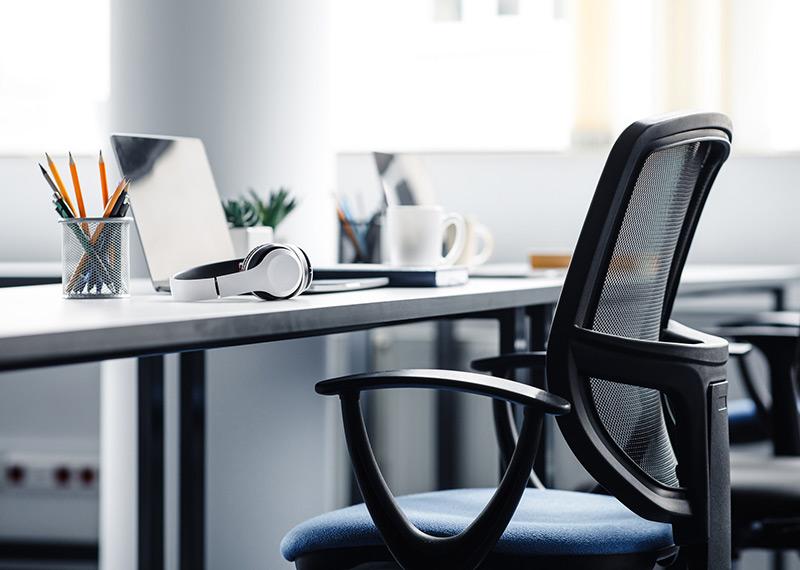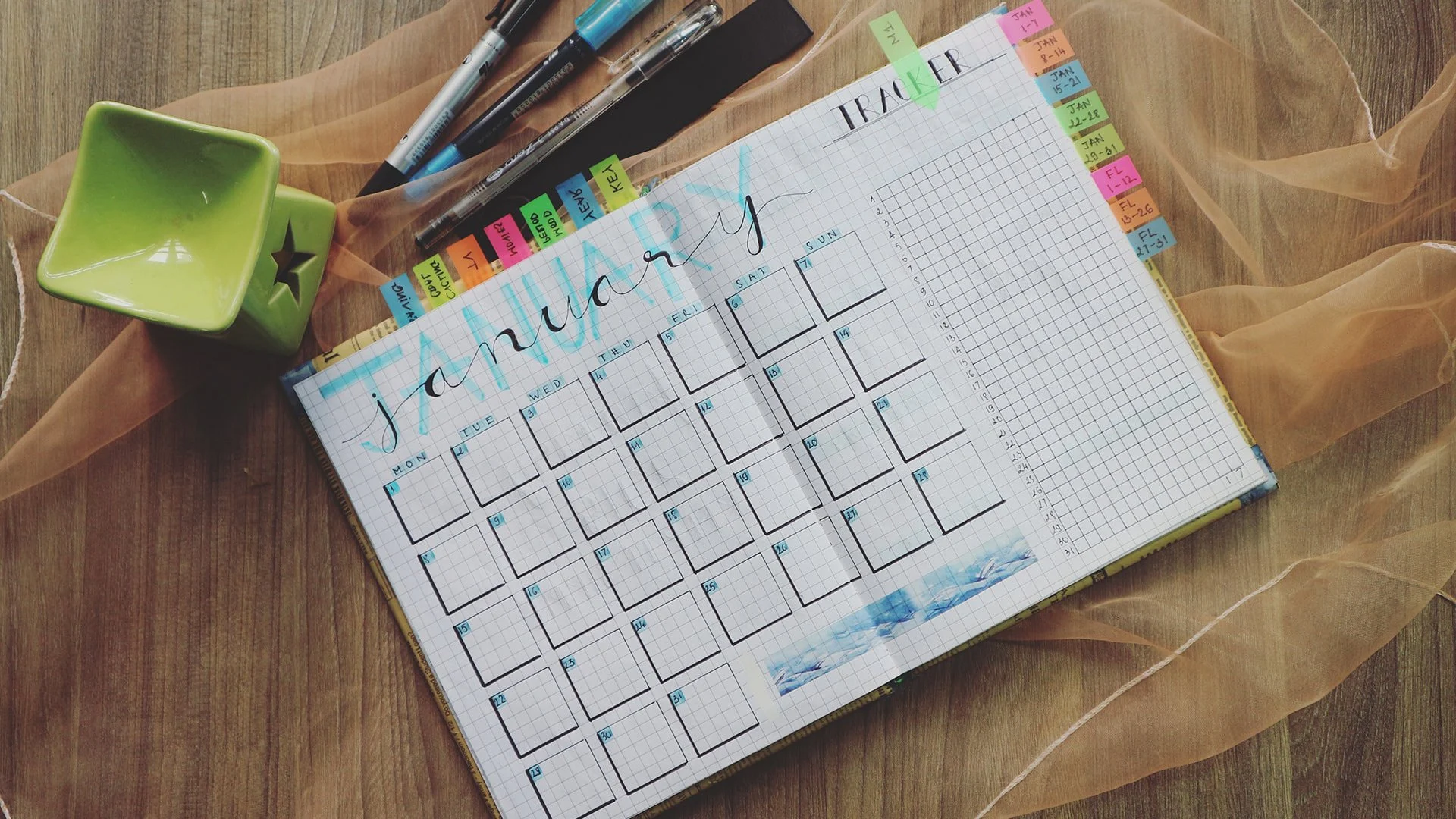A man is known by what he wears, and a man who runs a business is known by the way he furnishes his office. Office furniture, like clothing, is not just a thing of use. It can have beauty and soul. You may remember the office of Marlon Brando as the Godfather in the film of the same name. It is a dimly lit office in which he reclines on a weathered rust colored chair, stroking his cat, and speaking words that spell havoc to the disfavored. It is an office, which exudes power and which has literally grown out of the man. There are companies with more money than is good for them in a hurry to scale the ladders of status that invest fortunes buying famous paintings.
You may remember the office of the Mafioso played by Marlon Brando in Godfather with its dark lighting and the dark brown weathered chair, the seat of power from whence the orders for bump-offs originated. It is certainly the picture of an office that has grown around a man.
Functionality, beauty and comfort are the things one needs to keep in mind. Since furniture, next to the building itself, is a major expenditure, and one not easy to undo and alter, you really need to put on your thinking cap, and see it form every possible angle before you decide.
There are open offices and closed offices. An open office is designed to facilitate interaction between the employees whereas a closed one aims to have them bent over their work most of the time. We certainly do not want to imitate those dystopic organizations depicted in movies like The Apartment where armies of wage slaves are seated in a vast array of tables in rectangular formation.
This depends on your business philosophy as well as the nature of business. People are not islands and there is a golden mean to everything. The arrangement of the workstations will follow the flow of work and the kind of symbiosis aimed at.
Equally to be considered is the relative positioning of the workstations. Do you want people to talk to each other or do you want them like dummies glued to their papers or key-boards or whatever it is? It depends on your business philosophy as well as the nature of business but there is an optimum separation where people do not unnecessarily breath down the backs of each other nor are separated by light years.
Storage spaces are a particularly tricky matter, since every office has very specific and different needs, and it may be to your advantage to get it made to specifications.
As a last word of advice, avail professional guidance in your design and choice of office furniture. Professional expertise, coupled with your own clarity of will give your office the infrastructures it deserves.
Office Furniture, an essential business investment
Unless your company takes space in a business centre, buying office furniture is an essential investment for your organisation. There are many factors to take into consideration when choosing the style and size of your desk and you will want to make sure that you get it right first time. The industry standard desk is 1600mm x 800mm but this may well be too big, or small, for your requirements.
Before you even start to look into the myriad of desk options you need to ask yourself what kind of desk you even need and how you will be using it.
Will you be working at your desk from 9am – 6pm every day and therefore require a more sizeable option? Are you after a desk for a receptionist, who would need a spacious desk for sorting post and displaying newspapers or company collateral? Is your desk, and indeed your office space, just used as a touchdown facility and therefore just a small space for a lap top would suffice? All of these aspects will need to be taken into consideration.
The traditional, rectangular desk, works for most people and industries but there are plenty of alternative options available. An L shaped desk is a excellent option for someone who needs two separate ‘areas of working; U shaped desks offer more space for files and documents and wave shaped desks offer a useful circular end which could be used for small team meetings, minimising the need for an extra meeting room.
It sounds obvious but how you use your desk will ultimately determine the size it needs to be. Many people in the information management industry will require multiple monitors, which are generally displayed side by side and will therefore require a larger desk. Graphic designers will also require more space for larger monitors and graphics tablets and personal assistants may need additional space for paperwork and filling.
Do you use a desk phone, or just your mobile for telephone calls? A Cisco handset has dimensions of 20.32 x 26.67 x 15.24cm and clear access to the receiver is obviously important. However, many people rely on smart phones for business and these can help reduce the amount of desk top ‘real estate needed.
Paperwork can mount up and take up valuable space. To get around this, the many options of vertical filing systems work well. These can also be fixed to the back panel of the desk ensuring that valuable space on the actual desk top is not taken up.
As you can see, there are a number of different factors to take into account when choosing a desk. If you do not rent office space from a furnished office provider, office furniture can be a significant expense to a small company so it s worth doing some homework before taking the plunge.
After all the entire UK workforce spends, on average, 43.2 hours per week at work, so it s important to make the right decision first time.
Office Furniture Visitor And Meeting Chairs
Visitor and meeting chairs are an important part of the office environment. In the case of visitor chairs, the quality and style of the chair your guests are sitting in conveys a message to them. A comfortable, welcoming, good quality visitor chair conveys the message to your guest that you care about them, and tells them a lot about the demeanor of people or company they are visiting. With that in mind, it is important when choosing a visitor chair to think about the guest, and the message that you are going to portray to them with the chair that you provide for them while they share your time and company.
There are also some things to think about when choosing the right meeting chair.
Meeting chairs should be comfortable, but depending on the situation and type of meeting, you do not want them to be too comfortable. Especially in the case of a meeting where the information being discussed is not considered the most fun, or to be quite bold, the information is boring, it is important to pick a chair that will not be comfortable to the point where the people attending the meeting will get too relaxed and either fall asleep or start spacing out. A meeting chair that is mediocre in comfort will help to keep meeting participants awake without hurting them or making them feel uncomfortable to the point of irritation.
As said earlier, visitor office chairs should be comfortable and inviting. Another thing to think about with visitor chairs is style. In some cases, you may want your guests to think that you have a nice sense of style. This is important because style also helps convey the message that you care about your visitors. It also gives them the idea that you know how to choose a chair that is pleasing to the eye. Now, not everyone is going to have the same opinions on what you think is stylish or not, so you should use some good judgment before choosing something too wild.
Generally, if you are in a store that has many different styles of office furniture on hand, you can choose something generic, that also has a little bit of flare or individuality.
Visitor and meeting chairs are very important because they convey a message to your guests, and can mean the difference between your employees paying attention or not during meetings. A little time and planning goes a long way when choosing these pieces of office furniture.
Office Furniture for a Serene Workspace
Working adults spend most of their waking time at work, providing good incentive for making your office a serene workspace – not so serene you fall asleep, but definitely one that invites calm over chaos. Before you furnish your office, you need to build – or paint – the foundation. You need to choose a color for the walls that will fit your furniture, your personality and will contribute to the serenity of the space.
How color can affect an environment
Neutral walls will neither stir up chaos in an office nor ensure serenity. They are the base makeup on the walls that allow the accent color or colors to set the tone of the room. You must choose an accent color or the room will instill no creativity, energy or confidence.
Red is a versatile color, with all its shades and variations. But it s also a bold and emotional color. It can enliven a workspace, but if you are already a strong, confident person, this may be too much energy for one room.
Green complements red and is a very popular choice with designers because it is almost a natural neutral. If you look out the window, you will often see lots of green in the grass, on the hills and on the trees. It forms a soothing backdrop that most people find comforting.
A yellow office exudes power, energy and excitement. A soft yellow combined with nature s greens can create an energetic feel in an office. A bright yellow, however, can be distracting and create a visual assault on your senses that is not conducive to a productive day.
Blue is universally the most serene color. Just as people love to walk outside and enjoy a clear, blue sky, they will find a blue office soothing. Psychologically it invites tranquility and contentment. While there are many variations of blue, it is probably wiser to go with soft or light blues so the space doesn t become too dark – especially if there is not a lot of natural light coming in.
Now that you have a serene color on your walls, it is time to furnish your space. It takes some planning to find the right office furniture that meets your needs, matches your personality and fits your budget.
What do you want your office to say about you? Are you relaxed and one who shuns the formal pieces like a cherry desk with a glass top? Are you a traditionalist who finds comfort in antiques or reproduction pieces? Or maybe you are someone who wants clean, modern and industrial lines in your work environment. Office furniture exists for all of these styles.
Start with the desk
If it s a home office and you want to minimize the office look, consider a wood corner computer desk. The wood will not disrupt the look of a room doubling as a bedroom, and it keeps the office” in the corner. If you like antiques, consider a Mission style corner desk made of oak.
If you want the modern look, choose an L-shaped computer desk. Designed to be ergonomically correct, there can be at least two desk surfaces, a roll-out keyboard tray and a rolling caddy for the CPU.
If the space you are filling is strictly an office, spread out with an executive-style computer desk that has all the shelves and roll-out drawers you need.
Are you trying to get multiple uses out of your office? If so, consider an armoire desk. When you are done working you can close the doors over your desk and no one walking in will see anything but an armoire.
What will the desk hold?
Do you need an elevated shelf to hold a printer? Is the desk big enough if it will house a computer monitor, PC tower, a modem and maybe some file folders? If so, go with a larger desk – and probably a sturdier desk to hold all the weight of the electronic devices. If all you need is a place to store your lap top, maybe a laptop stand is sufficient.
Look for ergonomically designed chairs
– a leather ergonomic executive chair for the classic office
– a stylized high-back leather chair for the modern office
– a wooden bankers chair – available in white, oak and antique white – if you are sharing space in the room
Now that you have the basics, fill in with touches like a visitors chair, trashcan and filing cabinets. They, too, should match the style of the desk. And finally, remember that you are there to work so be sure you have three points of light, including ambient light and a focused task light.
Discover more from Personal Blog of Richard Tong
Subscribe to get the latest posts sent to your email.




